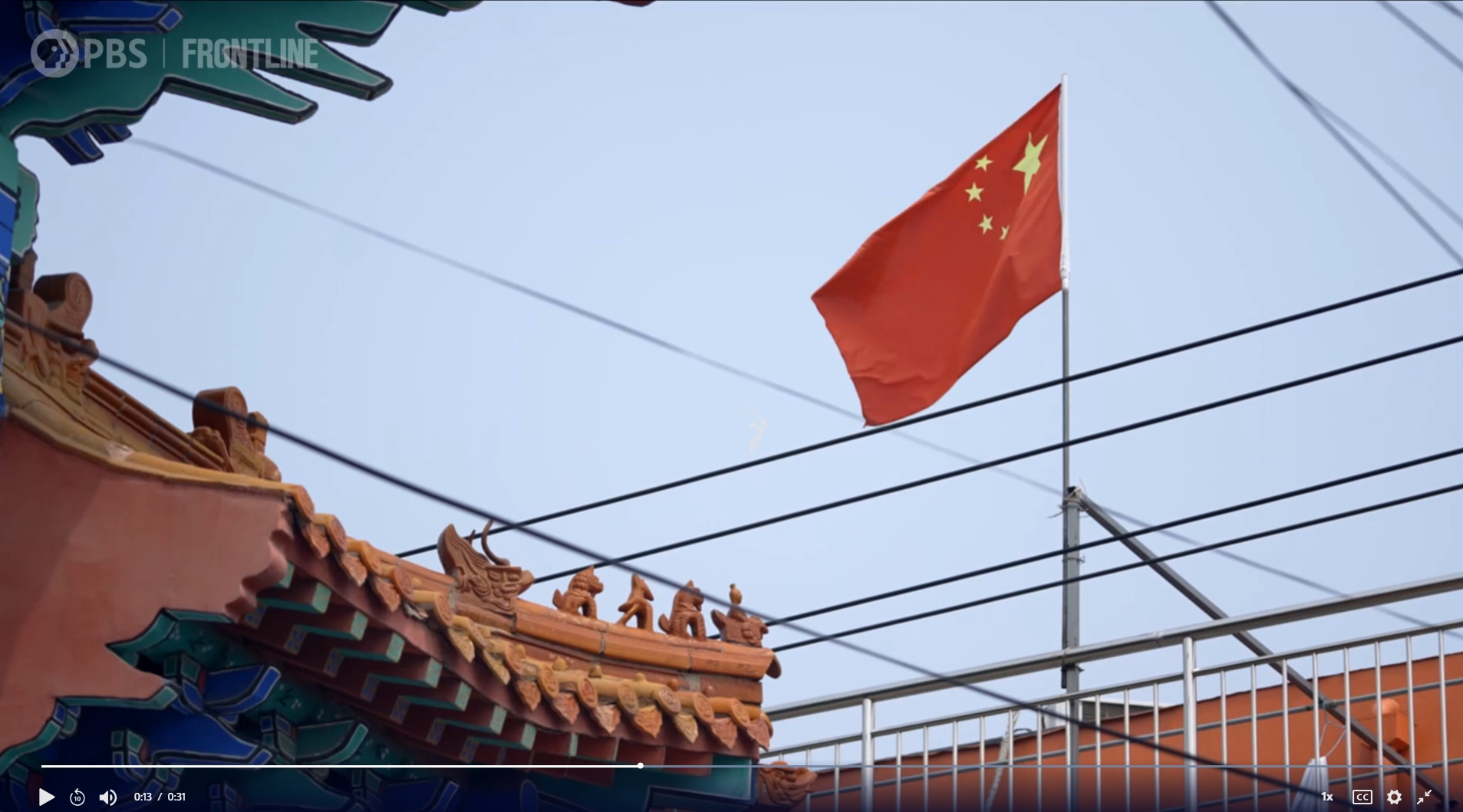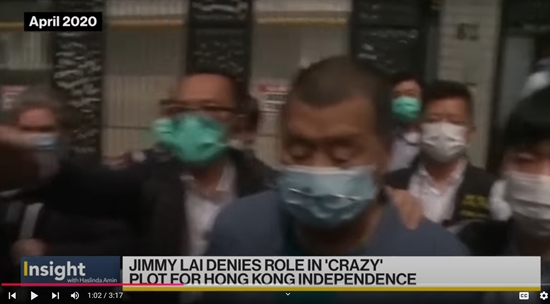
What China offers other countries through its Belt and Road or Silk Road partnerships are subsidies and package deals. The money and the new stuff that gets built is the “good” part of the package. Recipient governments either don’t know—at least not initally—or don’t care about the more poisonous, often less publicized parts, like debt traps or the requirement of cooperating with China’s political demands. Or else the partner governments are so likeminded in their own political inclinations that they are happy to accept the venom and spread it around.
VOA News reports that China, helping Southeast Asian countries develop new digital infrastructure by way of its so-called Digital Silk Road, is also exporting means of censorship and surveillance to these countries.
China recently announced that the Chinese manufacturer Midea Group has “jointly built its first overseas 5G factory in Thailand with Thai mobile operator AIS, Chinese telecom service provider China Unicom and tech giant Huawei.”
Common destiny community
And a little earlier, China and Cambodia agreed to establish a digital law library for the Association of Southeast Asian Nations (ASEAN) Inter-Parliamentary Assembly. “Cambodia’s Khmer Times said the objective is to ‘expand all-round cooperation in line with the strategic partnership and building a common destiny community.’ ”
“Common destiny community” sounds like Chinese Communist Party jargon. But maybe all the proponents of a “shared common future,” the one in which everybody is supposedly happy but nobody is free, talk alike.
[P]arallel to China’s state media-promoted technology investments, rights groups say Beijing is also helping countries in the region to build what they call “digital authoritarian governance.”
Article 19, an international human rights organization dedicated to promoting freedom of expression globally and named after Article 19 of the Universal Declaration of Human Rights, in a [March] report said the purpose of the Digital Silk Road is not solely to promote China’s technology industry. The report [“The Digital Silk Road: China and the Rise of Digital Repression in the Indo-Pacific”] says Beijing is also using its technology to reshape the region’s standards of digital freedom and governance to increasingly match its own….
Countries adopting the CCP’s technology of surveillance for their own purposes and/or to help the CCP surveil CCP-targeted groups include Cambodia, Malaysia, Nepal, and Thailand. According to Article 19’s own summary of its findings:
Embracing China-style digital authoritarianism, since 2021 Cambodia has worked to impose its own version of the Great Firewall under a National Internet Gateway. Malaysia has not declined to this level of authoritarianism, but signs point to concerning ongoing partnerships with Chinese firms where policy changes could have serious consequences. In Nepal, development support from China in exchange for cracking down on Tibetan refugees has been ongoing, while recent changes in cybersecurity policy point to flirtations with a Chinese-style firewall. And in Thailand, since a military coup in 2014, the country’s decline into digital dictatorship has been supported by cooperation agreements with China, leading to a range of cybercrime and cybersecurity legislation and interest in a China-style firewall. Uyghur refugees have also been caught in the crosshairs between China and host countries including Thailand.
The 80-page report is hosted at the Article 19 website. One of its recommendations: “Refrain from entering into partnerships with China or Chinese companies that would raise human rights concerns….”





